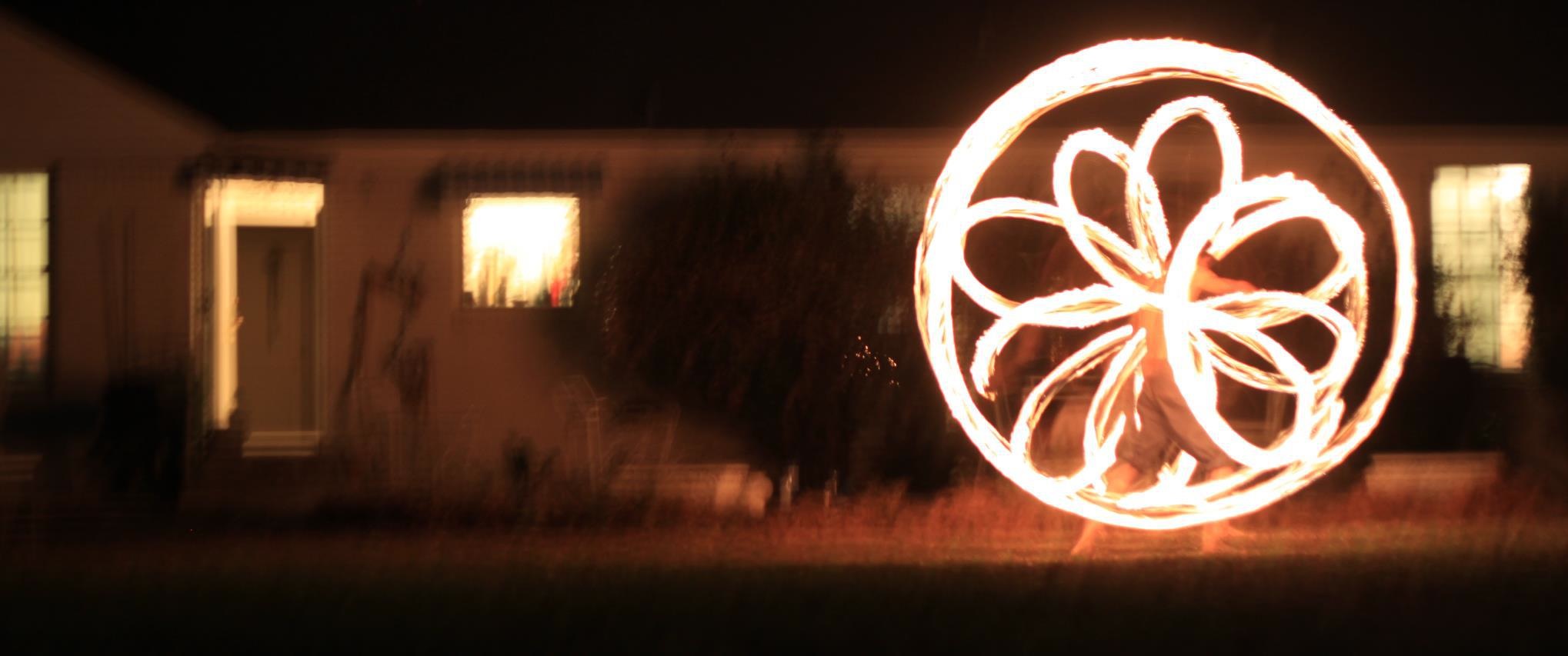There’s free food everywhere.
Beginning in April through May we begin to see the first flushes of mulberries in Central Texas. As May goes into full swing, we may see loquats if there was a calm winter. Peaches and figs also begin to ripen into May through July depending on the varieties and the weather. In mid through late summer, grapes are growing on the vine, and sometimes they’re climbing all over the trees that were just listed.
Disclaimer
Don’t just eat anything. If there’s any doubt, don’t eat it and ask an expert.
Go Wild
So why forage? It’s the most local you can get, the only energy input required is harvesting, it’s good for you health and the best out of it all is the fun.
There are huge amounts of energy that is pumped into our food today; fertilizer, pesticides, packaging, transportation, storage, and cooking. Eliminating the waste involved in this system requires thoughtful alternatives that can continue to provide the luxuries in our lives. Gardening in your neighborhood and supporting local agriculture (less than 100-150 miles away) are common solutions. Foraging is another and the easier out of the other two.
Gardening requires tools, resources, labor, the knowledge, and the guts. Land can be limiting factor, but I find it’s most often the knowledge on where to start. The guts are the emotions to know that it may not be successful or it may die from negligence or poor planning. It happens, and I’ve found myself and others disappointed from a deep emotional investment into a garden.
Supporting local agriculture is another great alternative system. The downside at this moment is the high cost of local. Being closer to an urban area results in a higher cost of living and a higher cost for goods and services. Although local organic food is the best, some people can’t afford the luxury.
Foraging on the other hand only requires time and knowledge. We have to go somewhere to buy food (unless you grow everything) and everybody needs time to relax and enjoy a breath of fresh air. A stroll through any park or neighborhood will result in finding an edible plant. It’s possible to eat as you go; although, in some cases, you may have to prepare the harvest to make it more palatable.
The only limiting factor is the knowledge and patience. A few good books that I’ve enjoyed are The Forager’s Harvest and Nature’s Garden by Samuel Thayer. Peterson’s Field Guide also has a field guide for edible plants as well as wild and medicinal herbs.
Wait a Second
Before you venture out and start eating plants in your neighborhood, it’s wise to know the area that you’re foraging from and the plant. This is where the patience comes in. If you notice a neighbor or fellow citizen with a dog or cat, you want to avoid eating anything close to the sidewalk or on a trail. You never know where they’ve done their business. Once you’ve found a plant you think is edible, double and triple check it; then cross reference with similar plants until you are 100% sure you know what it is. Don’t rely on what you think.
Like anything for the first time, don’t overindulge. It’s possible to be allergic to particular items and it’s good to be careful as well if you’ve misidentified a plant. As with anything, be careful and happy foraging. If possible, find someone around you that knows a few things about wild edibles.
It’s Good for You
In the fewest words, these plants are packed with healthy vitamins, minerals, and essential nutrients. This site does a good job of summarizing some edible wilds and what they’re packed with.
If you live around Dallas-Fort Worth, I’m free on weekends and don’t mind sharing what I know. It’s not much, and I’m just starting my journey in foraging. This year alone I’ve found wild mulberries, grapes, dewberries, peaches, onions, and plenty of thistles and cat tails.
Recommended Reading
And Watching
Almost forgot to mention, Eat the Weeds is a good YouTube channel. The fellow, Green Deane, goes through a detailed explanation on each wild edible informing you about identification through preparation. There’s about 136 episodes at the moment and they are all wonderful.

